Top Things to Know Before Buying Outdoor Plant Stands for Multiple Plants
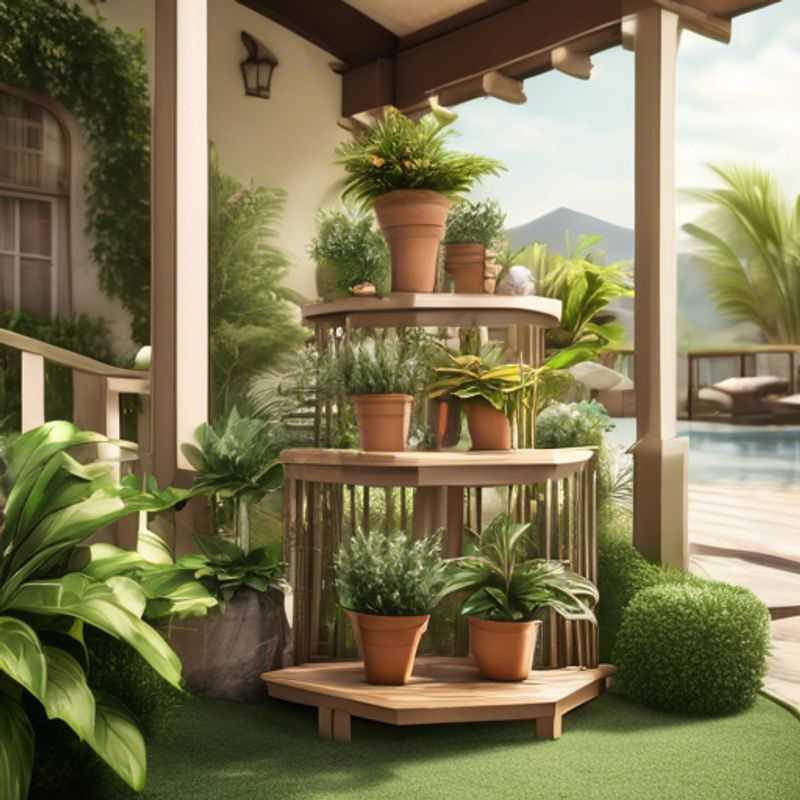
Top Things to Know Before Buying Outdoor Plant Stands: Space, Weight Capacity, Materials, Stability, Adjustability, Drainage, Assembly
Ah, the joy of cultivating a vibrant outdoor oasis! But before you go green-fingered wild and start buying plants, let's talk about the unsung hero of your botanical journey: the plant stand. Choosing the right one is crucial, especially if you're planning to house multiple beauties. Here's a rundown of the essential considerations to make before you embark on this horticultural adventure:
1. Measure, Measure, Measure! The first rule of any good design is to know your space. Measure the available area in your outdoor haven to ensure the stand fits snugly.
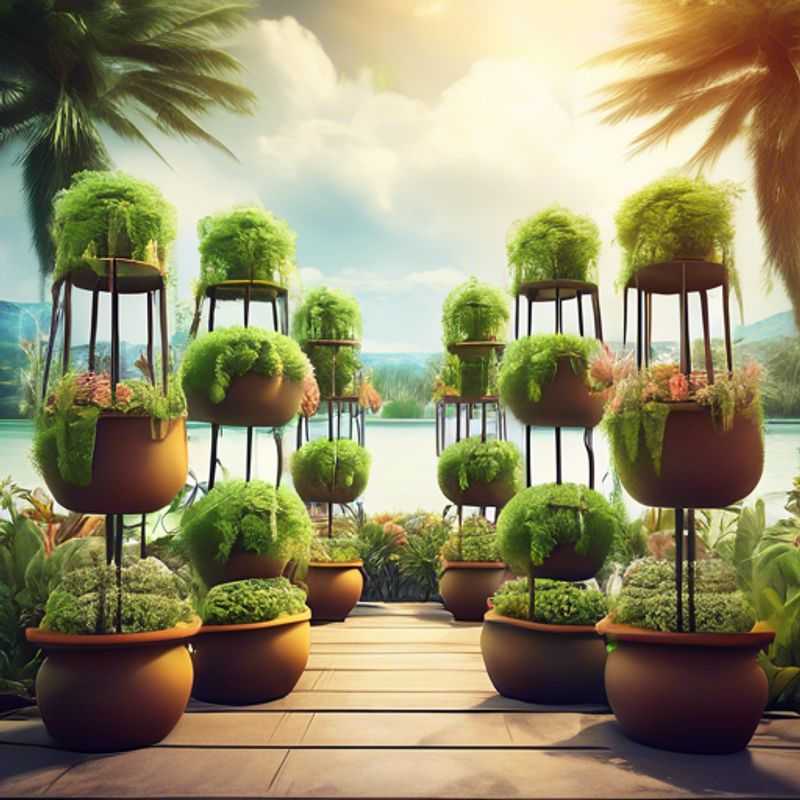
Measure Twice, Plant Once: How to Ensure Your Plant Stand Fits Perfectly
Before purchasing a plant stand for your outdoor area, it's crucial to measure the available space to ensure a proper fit. This seemingly simple step saves you potential headaches and ensures your plant stand complements your outdoor environment harmoniously. Accuracy is key in this measurement process.
First, identify the exact location where you envision placing the plant stand. This area should be free from obstructions and provide adequate sunlight for your plants. Once the spot is determined, take precise measurements of the area's width, depth, and height. These dimensions will guide you in selecting a plant stand that fits seamlessly within the allocated space.
Don't forget to consider the overall aesthetic of your outdoor area. Ensure the plant stand's size and style complement the existing furniture and decor. Also, consider the plant's size and growth potential. A stand too small could limit the plant's growth, while a stand that's too large might overwhelm the space.
For added peace of mind, consider taking a photo of the designated area and the plant stand's dimensions before purchasing. This allows for a visual comparison, making the final decision more confident.
By taking these simple steps, you can ensure that your new plant stand complements your outdoor area perfectly, providing a beautiful and functional space for your beloved plants.
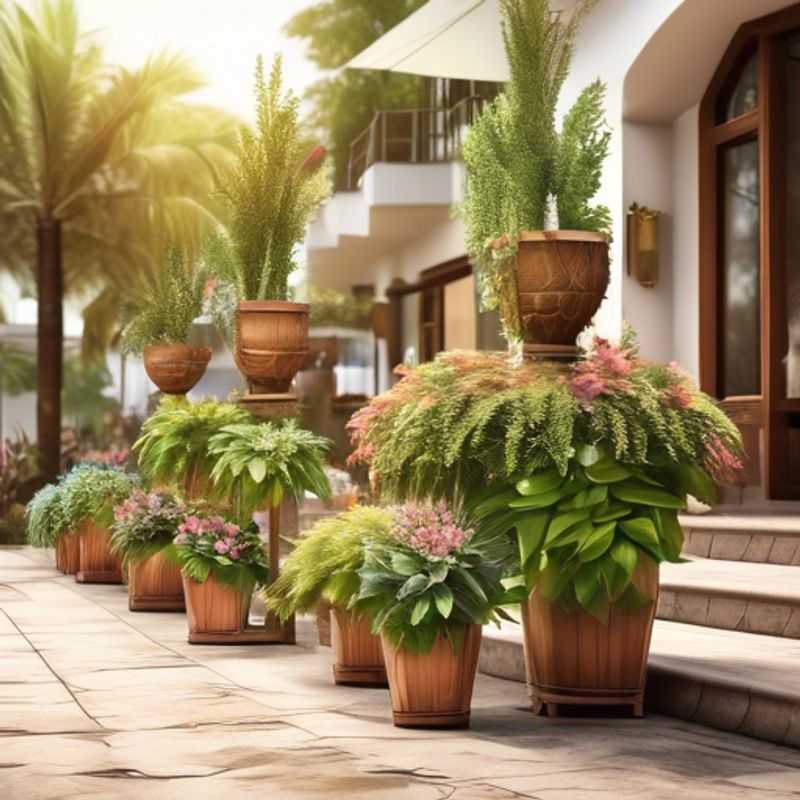
Don't Let Your Plant Stand Crack Under Pressure: Weight Capacity Matters
When selecting a plant stand, it's crucial to consider its weight capacity. This is especially important if you plan to place multiple plants on it. The weight capacity of a stand determines how much weight it can safely support without collapsing or becoming unstable. You should always choose a stand with a weight capacity that exceeds the combined weight of your plants and any decorative elements you may add. If you're unsure of the weight of your plants, you can always consult a plant guide or use a digital scale. Additionally, keep in mind the material of the stand, as some materials are stronger than others. For example, metal stands typically have higher weight capacities than stands made of wood or plastic.
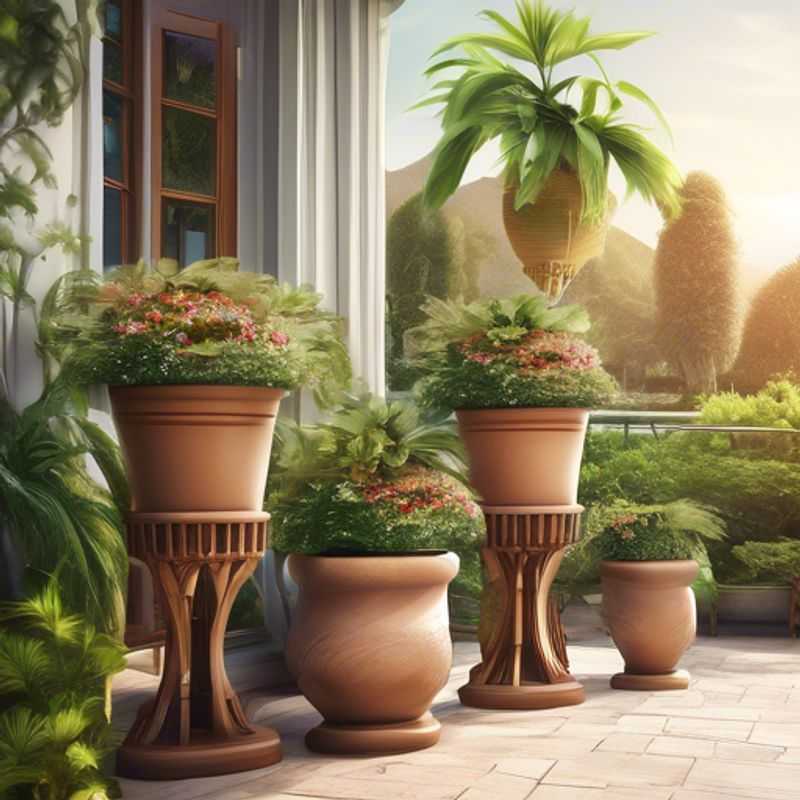
Weather the Storm: Choosing Durable Stand Materials
When choosing outdoor furniture stands, opting for those made of weather-resistant materials is crucial for ensuring their longevity. Metal and resin are excellent choices, offering a blend of durability and aesthetic appeal.
Metal stands, often constructed from aluminum or steel, are known for their strength and resistance to rust. They can withstand harsh weather conditions and provide a solid base for your outdoor furniture. However, they can be susceptible to scratches and dents.
Resin stands, on the other hand, are made from a synthetic material that is highly resistant to moisture and fading. They offer a lightweight and versatile option, often coming in a variety of colors and designs. Resin can be more susceptible to fading in direct sunlight, but it’s a great choice for those who prioritize affordability.
When selecting stands, consider the weight and size of the furniture you'll be placing on them. Always check the weight capacity provided by the manufacturer to ensure the stands can support the load without compromising their stability.
It's also wise to invest in a stand with adjustable height, allowing you to tailor the placement of your furniture for optimal comfort and ergonomics. Regular cleaning and maintenance are essential for extending the lifespan of your stands, regardless of the material.
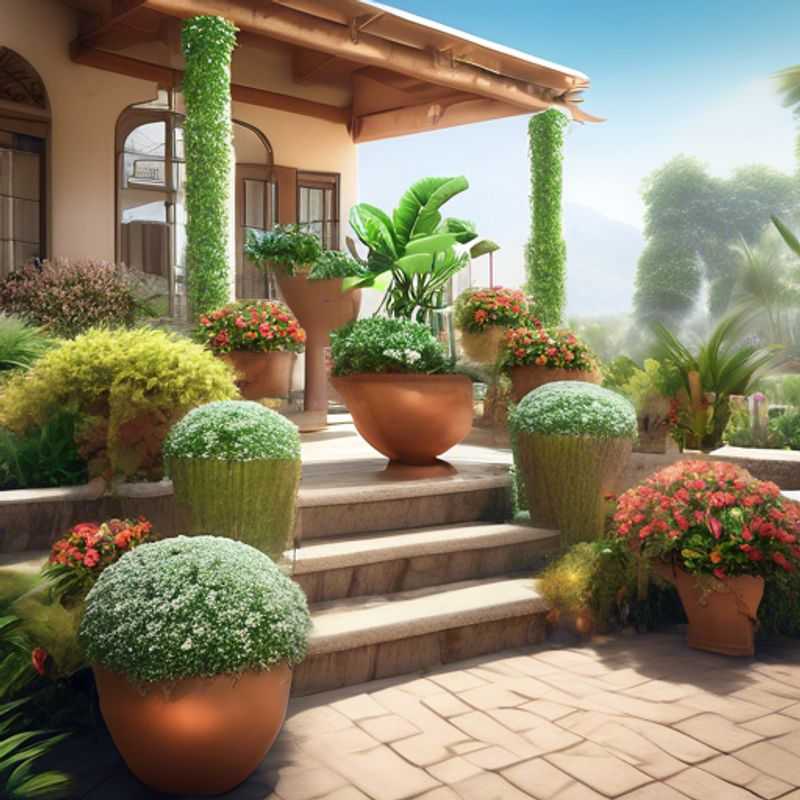
Engineering Stability: Preventing Tipping in Design
Evaluating the stability and sturdiness of a design is crucial to prevent tipping, particularly in engineering and architectural contexts. Key factors to consider include the center of gravity, base width, and material properties. A lower center of gravity enhances stability, while a wider base increases resistance to tipping. Ensuring that materials used are structurally sound is also vital; consider factors like tensile strength and fatigue resistance.
When planning for stability assessments, consider various paid activities such as hiring structural engineers for detailed analysis, conducting material tests, and utilizing simulation software for dynamic modeling. Additionally, obtaining professional certifications for safety compliance can incur costs but is essential for ensuring reliability.
In summary, focus on design geometry, material selection, and professional evaluations to effectively mitigate tipping risks in your projects.
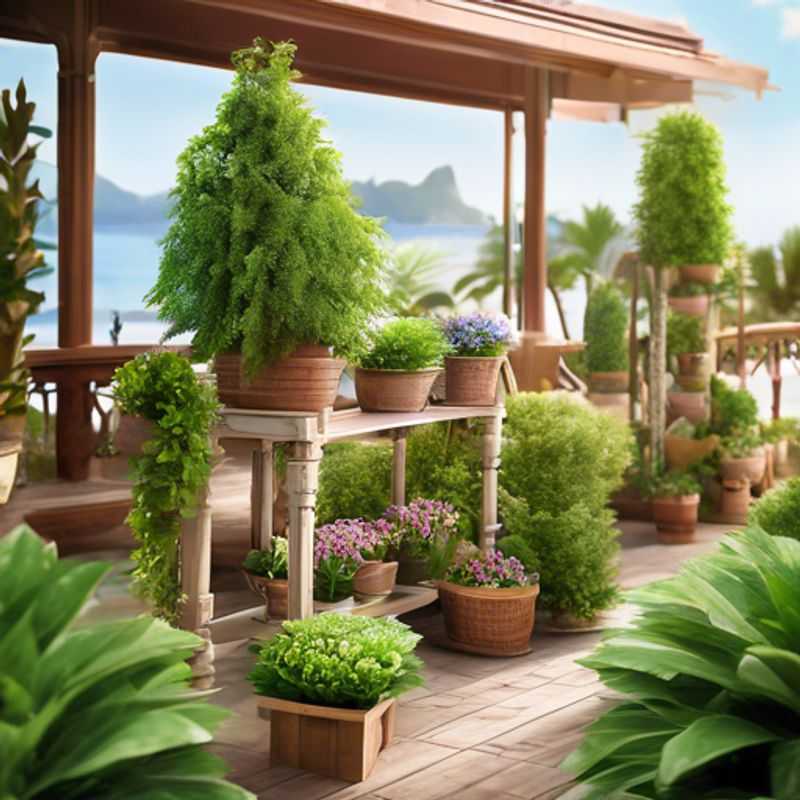
Prioritize Stands: Adjustable Shelves for Your Green Oasis
Prioritize stands with adjustable shelves or tiers offer a versatile solution for plant arrangements, catering to various plant sizes and styles. These stands allow you to optimize space and create visually appealing displays, making them ideal for homes, offices, and even commercial settings. Their adjustability grants the freedom to customize the height and spacing of each shelf, adapting to the specific needs of your plants. The versatility of these stands enables you to create a dynamic and constantly evolving plant display, reflecting your changing tastes and preferences. While pricing can vary depending on the materials, size, and number of shelves, prioritize stands generally represent a reasonable investment, considering their functionality and aesthetic benefits.
The ease of assembly and adjustment allows for hassle-free setup and rearrangement. The flexibility of adjustable shelves enables you to accommodate plants of different sizes and shapes, creating a balanced and visually appealing composition. Whether you prefer a minimalist aesthetic or a vibrant, lush display, prioritize stands with adjustable shelves empower you to achieve your desired look.
Prioritize stands offer a cost-effective alternative to custom-built plant displays, while providing the same level of customization and visual impact. They are available in a variety of materials, including wood, metal, and plastic, allowing you to select a style that complements your décor.The adjustable nature of these stands ensures they can be easily adapted to your evolving needs, ensuring long-term usability and satisfaction.

Prevent Water Woes: The Importance of Drainage Holes and Trays
Water accumulation can be a significant issue for various appliances and devices, leading to damage and malfunction. To prevent this, ensure your appliances have proper drainage holes or trays. These features allow excess water to escape, minimizing the risk of water buildup. Regular inspection of these drainage systems is crucial. Clean out any debris or blockages that may hinder the drainage process. This proactive approach can safeguard your appliances and ensure their longevity.
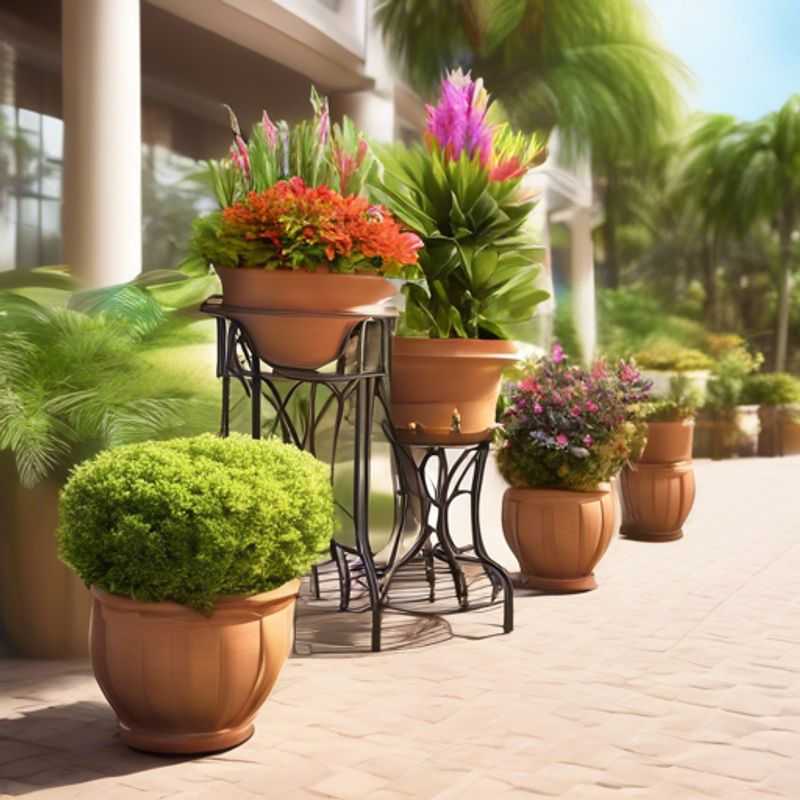
Building a Solid Foundation: Researching Assembly and Ensuring Complete Hardware
Before diving into the assembly process, it's crucial to thoroughly research the specific product or system you're working with. This involves understanding the assembly steps, the required tools and equipment, and the potential challenges you might encounter. A good place to start is the product's official documentation or online resources, which often provide detailed assembly instructions and diagrams. This information will guide you through the process and help you identify any potential issues or concerns.
Next, you need to ensure that all necessary hardware components are present and accounted for. This can be done by cross-referencing your parts list with the product documentation or by reviewing the actual components themselves. Make sure you have the correct types, quantities, and versions of each part. It's also important to verify that the hardware is in good condition and hasn't been damaged during shipping or handling.
Remember that you're not alone in this process! If you encounter difficulties, don't hesitate to consult with your manufacturer or a qualified technician. Additionally, there are plenty of online resources available to assist you, including forums, blogs, and video tutorials. Utilizing these resources can save you time and effort, ensuring a successful and efficient assembly process.
